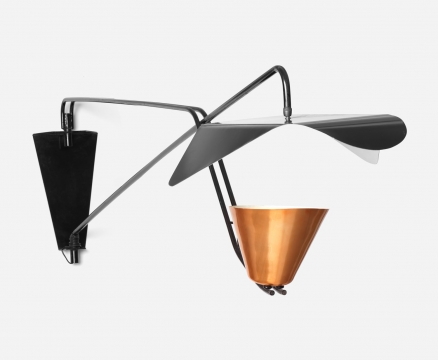Material / technique:
Lacquered metal sheet and brass
Dimensions:
50 x 200 x 40 cm
Type of acquisition:
Acquired by the Marie-Jeanne Dauchy Fund
Year of acquisition:
2021
Depository institution:
Design Museum Brussels
